Photo credits: The Library of Congress
A raging mob of many thousand white people in Joplin, Missouri, bombarded the local jail’s wall, forcefully took a 20-year-old Black man named Thomas Gilyard and lynched him in broad daylight on April 15, 1903. Mr. Gilyard was hung from a telephone pole two blocks from the prison by the crowd.
Mr. Gilyard had been charged with the murder of a white police officer. During this time, many Black persons were lynched on the basis of a murder charge. During this period of racial dread, even the hint of Black-on-White violence may elicit mob violence and lynching before the legal system could or would intervene. After a crime was uncovered, society’s deep racial antipathy frequently worked to focus suspicion on Black groups, whether or not there was evidence to back the suspicion, and allegations leveled against Black individuals were seldom subjected to serious investigation. Despite maintaining his innocence, Mr. Gilyard had no protection from the local authority and was lynched before a trial could be held.
An enormous throng of white people gathered to see the lynching, with some climbing up trees and onto the roofs of surrounding buildings to see it. Mr. Gilyard’s brutal lynching did not put a stop to their savagery. The mob was unsatisfied with murdering Mr. Gilyard and set out to ruin the lives of the hundreds of African-Americans who resided in Joplin.
First, the throng demanded the release of “Hickory Bill,” a local white guy who had been imprisoned for assaulting a Black person, which municipal authorities gladly granted.
The angry white mob assembled on Main Street and forced all of the Black people out of downtown Joplin and into a segregated Black neighborhood north of town. There, white inhabitants of Joplin conducted a catastrophic terrorist assault on the Black neighborhood, robbing and burning down their houses, shooting, and stoning any Black individuals they encountered, and forcibly evicting every Black person from the area. They prevented the local fire brigade from putting out the flames on the burning houses, leaving the Black community with nowhere to go.
Desperate to expel all Black people from Joplin, the mob went to another Black neighborhood south of town, only to discover that all of the inhabitants had already gone in dread. The crowd then set fire to their own dwellings. The number of victims slain by the white mob’s merciless violence is unknown.
White mobs frightened Black people with violence and murder to uphold racial hierarchy during the period of racial terror lynching. These acts of anarchy were carried out with impunity by crowds who were seldom apprehended, prosecuted, or even shamed in public. Hundreds of thousands of Black people fled as refugees from violent campaigns that employed fear and intimidation to maintain white supremacy and racial hierarchy during this period of racial terror violence.
According to the Equal Justice Initiative, at least 60 African-Americans were lynched in Missouri between 1865 and 1950.





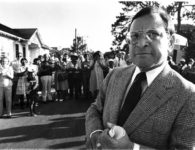
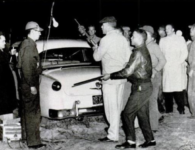
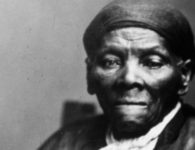

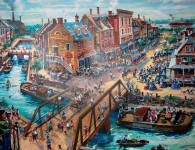
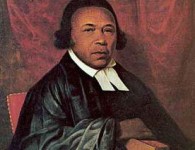

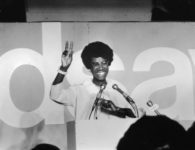


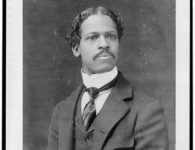




No comments